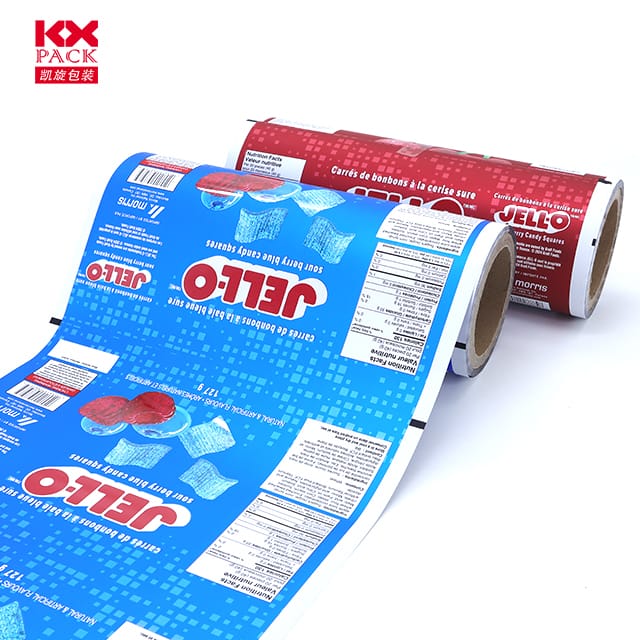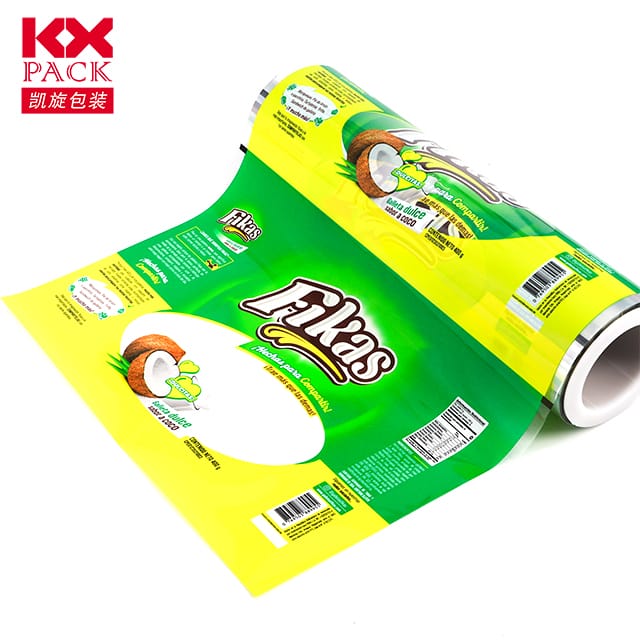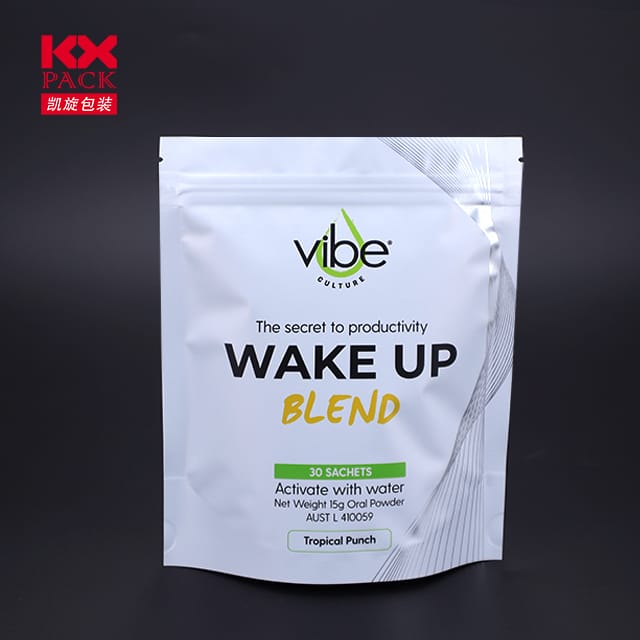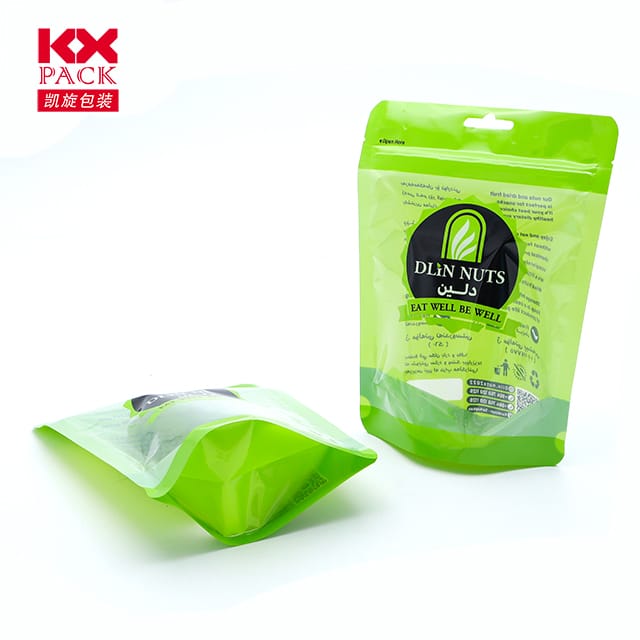Révolutionner la fraîcheur: L'avenir des emballages de films alimentaires 2025
Emballage de films alimentaires
In an era where sustainability meets innovation, Les emballages de films alimentaires subissent un changement transformateur. Plus une barrière contre la contamination, Les films alimentaires modernes sont conçus pour prolonger la durée de conservation, réduire les déchets, et même améliorer l'expérience alimentaire - tout en minimisant l'impact environnemental. Let’s explore the cutting-edge trends and technologies reshaping this essential industry.
1. Emballage intelligent: The Next Frontier in Food Safety
Imagine a Emballage de films alimentaires that changes color when food spoils or releases antioxidants to slow degradation. Welcome to the age of smart food packaging!
- Indicateurs temps-température (ITT): These labels react to temperature fluctuations, alerting consumers if perishables like meat or dairy have been exposed to unsafe conditions.
- Capteurs de fraîcheur: Embedded sensors detect gases (Par exemple, ammonia from spoiled fish) and trigger visual changes, ensuring food safety before consumption.
- Emballage actif: Emballage de films alimentaires infused with natural compounds like rosemary extract or vitamin C actively combat oxidation, keeping fruits and vegetables crisp longer.
Exemple: Les entreprises aimentMitsubishi Gaz Chimique etInsignia Technologies are pioneering these solutions, with products already in use for premium seafood and meat packaging.
2. La durabilité occupe le devant de la scène
With global plastic waste soaring, the demand for eco-friendly alternatives has never been higher. Here’s how the industry is responding:
- Films biodégradables: Made from plant-based materials like cassava starch, cellulose, ou des algues, these Emballage de films alimentairess decompose naturally within months, unlike traditional plastics.
- Emballage comestible: Des innovations comme seaweed-based wrappers (used by brands like Paspla) ou fruit peel-inspired films eliminate waste entirely.
- Contenu recyclé: Brands are incorporating post-consumer recycled (PCR) plastics into films, réduire la dépendance aux matériaux vierges.
Alerte d'état: The global biodegradable food packaging market is projected to grow at12.8% TCAC à travers 2030, driven by consumer demand for greener options.
3. Advanced Barrier Technologies: Keeping Food Fresher, Longer
Moderne Emballage de films alimentaires are engineered to tackle specific challenges:
- Éliminateurs d'oxygène: Films with built-in oxygen absorbers prevent oxidation, idéal pour les collations, café, and nuts.
- Moisture Control: Multi-layer films with hydrophobic coatings protect dry goods like cereals from humidity.
- UV Blocking: For light-sensitive products like beer or oils, films with UV inhibitors maintain quality during storage and transport.
Étude de cas: Amcor’s high-barrier laminates for cheese packaging reduce oxygen transmission by 99%, extending shelf life by up to 50%.
4. Customization for Every Need
From single-serve snacks to bulk industrial packaging, flexibility is key:
- Films imprimables: High-resolution printing allows brands to create eye-catching designs while maintaining functionality.
- Resealable Features: Zippers or adhesive strips enhance convenience for consumers, reducing food waste from partially used products.
- Thermoformable Films: These adapt to irregular shapes, perfect for packaging fresh produce or ready-to-eat meals.
Trend Alert: The rise ofe-commerce grocery has spurred demand for puncture-resistant films that withstand shipping while keeping contents intact.
5. The Role of Nanotechnology
Nanomaterials are unlocking new possibilities:
- Nano-coatings: Ultra-thin layers improve barrier properties without adding bulk, making films lighter and more efficient.
- Films antimicrobiens: Silver or zinc oxide nanoparticles inhibit bacterial growth, extending the life of perishables like meat and bread.
Research Spotlight: UN 2024 study found that nano-silver-coated films reducedE. coli contamination in packaged lettuce by 99.9% sur 14 journées.
Défis et route à venir
Malgré les progrès, des obstacles demeurent:
- Coût: Biodegradable materials are often pricier than conventional plastics, though economies of scale are narrowing the gap.
- Éducation des consommateurs: Many remain unaware of recycling guidelines for compostable films, leading to contamination in waste streams.
- Regulatory Hurdles: Approvals for new materials vary by region, slowing global adoption.
Réflexions finales
Food film packaging is no longer just about wrapping—it’s a dynamic field where science, durabilité, and design converge. As brands prioritize circular economy principles and consumers demand transparency, the future of packaging looks brighter (et plus vert) than ever.
Ready to make a switch? Recherchez des certifications commeOK Composter ouTÜV Autriche when shopping for eco-friendly options, and support companies investing in innovation.
What’s your take on food packaging’s future? Partagez vos pensées ci-dessous! 🌱📦







